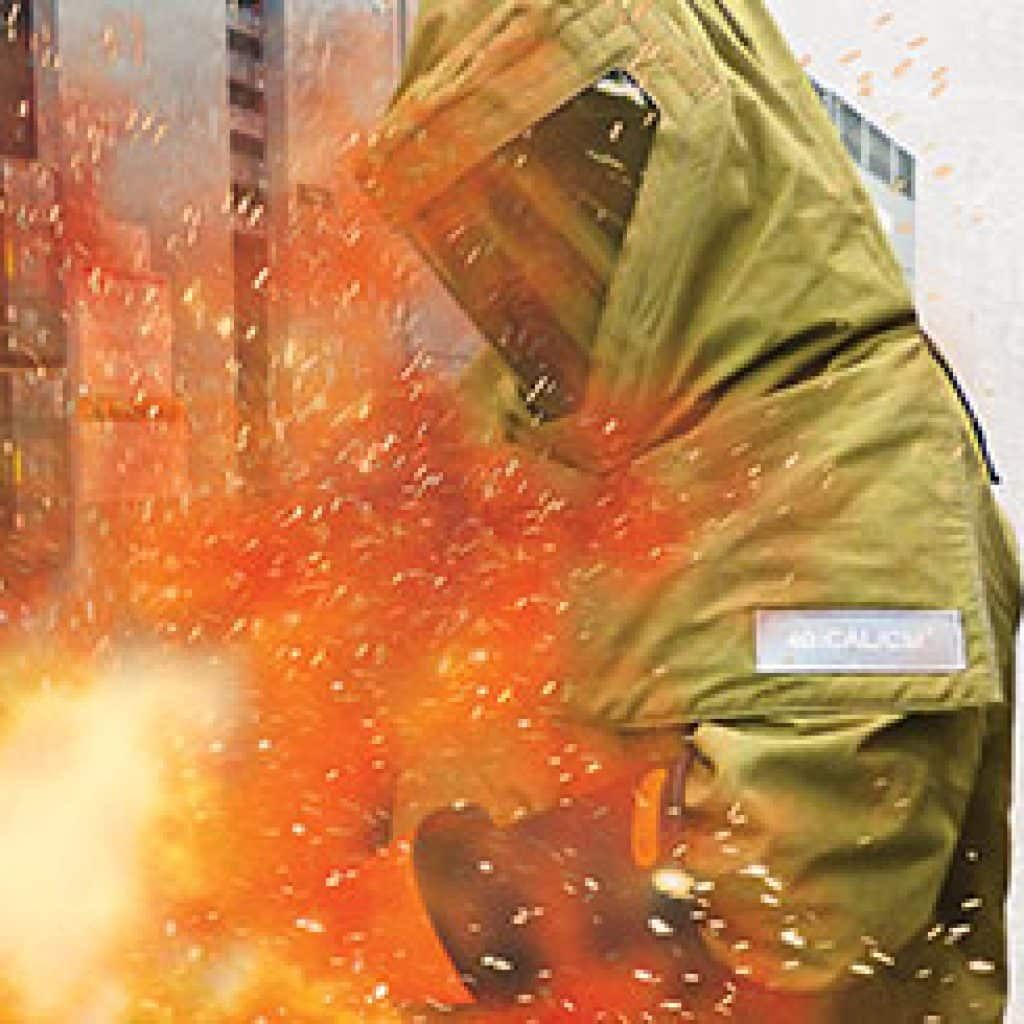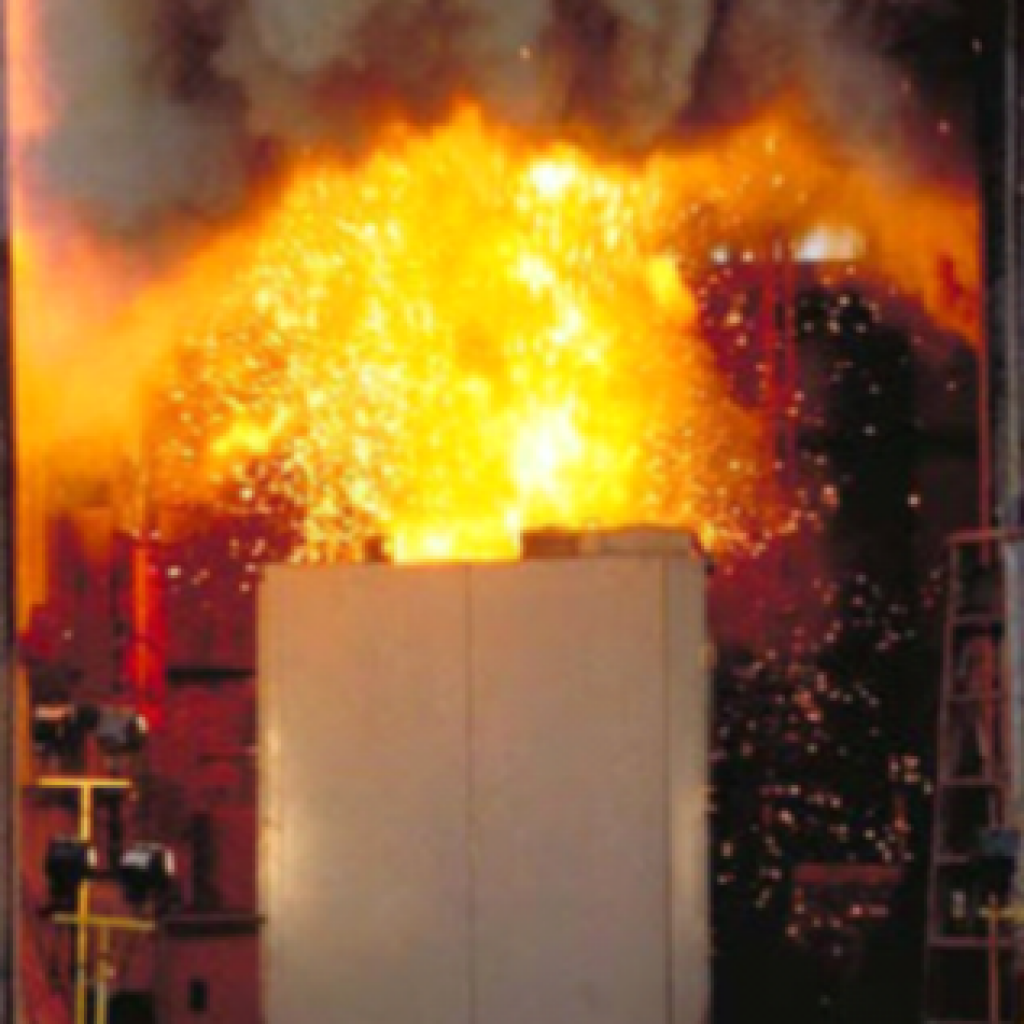Arc Flash 2020-07-08
By Cole BauerThe National Fire Protection Association (NFPA) defines an arc flash as “a dangerous condition associated with the release of energy caused by an electric arc”. An arc flash occurs when a very large amount of electrical energy discharges in a very violent manner. It happens when the electrical current short circuits thru the air from one exposed live conductor to another or to ground. The explosion takes less than one second and produces a brilliant flash, intense heat that can be as hot as the surface of the sun and a pressure wave that can be as strong as several sticks of dynamite. During an arc flash incident, an enormous amount of energy explodes outwards from the electrical equipment in the form of a blinding flash of light and a deafening noise spreading hot gases and molten metal and sending loose material, like pieces of damaged equipment, tools and other objects, flying through the air.
There are many methods to protect personnel from an arc flash hazard. Personal Protective Equipment (PPE) can be provided to protect personnel who are working on live equipment. Selecting the appropriate PPE can be done by performing an arc flash hazard calculation to determine the available incident arc energy. IEEE Standard 1584, “The Guide for Performing Arc Flash Hazard Calculations”, describes the methods and equations that are considered to be the most accurate method for analyzing arc flash hazards.
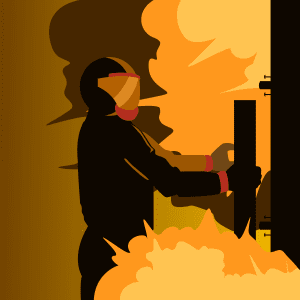
Arc flash incidents are common and costly, and the frequency of reported accidents is increasing. What are you doing to protect your employees and facility?
Arc Flash Regulations
The Occupational Safety and Health Administration (OSHA) enforces arc flash safety regulations in the United States. While OSHA does not specifically address arc flash; it does recognize arc flash as a hazard for which safety standards exist. OSHA does not mandate that employers follow NFPA 70E but failure do to so may result in a citation from OSHA. NFPA 70E, the “Standard for Electrical Safety in the Workplace” requires that all equipment subject to potential arc flash events shall be labeled with the available incident energy or the required level of personal protection equipment (PPE). Pinnacle Engineers can calculate this incident energy to determine the flash protection boundaries and appropriate PPE and make recommendations on how to mitigate these hazards.
NFPA 70, the “National Electrical Code”, mandates the labeling of potential arc flash hazards in industrial and commercial facilities. Arc flash labels are the responsibility of the employer, not the manufacturer or installer of the equipment.
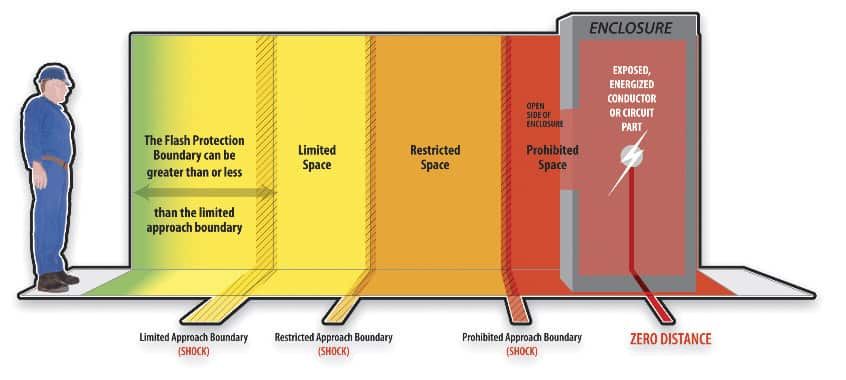
What causes an Arc Flash?
Arc flashes can be caused by a variety of factors involving both human error and equipment failure.
Typically arc flash incidents occur when electrical equipment is being inspected or serviced. Just coming in close proximity to a high amperage source with a conductive object, such as a screwdriver, can cause an arc to occur. Dropped tools causing accidental contact with live parts and even tools left behind inside equipment after servicing have caused arc flash incidents in the past.
Equipment problems and failure can also increase the likelihood of an arc flash incident. Substandard parts, improper installation and even normal wear and tear have been know to contribute to the possibility of a flash. Deterioration of cable insulation and dust or corrosion buildup on electrical terminals also can lead to an arc flash event.
What are the costs of an Arc Flash?
Arc flash injuries may not be as common as other electrical injuries, the monetary cost can easily exceed $1 million. Not only are there medical expenses for the injured worker but there is the cost of equipment replacement and downtime. The cost of disruption to electrical systems in manufacturing, hospitals, airports, schools, etc can be considerable.
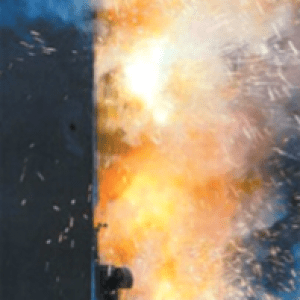 It is estimated that there are approximately 5 to 10 arc flash explosions every day in the US resulting in 1 to 2 deaths per day. But even when they aren’t fatal, they can do severe damage to personnel even 10 feet away.
It is estimated that there are approximately 5 to 10 arc flash explosions every day in the US resulting in 1 to 2 deaths per day. But even when they aren’t fatal, they can do severe damage to personnel even 10 feet away.
The heat generated, which can be 35,000°F, can cause severe burns. Metal vaporizes at these extreme temperatures, and lung damage can occur from inhaling the vaporized metal. The high intensity flash can damage eyesight. Sound associated with the blast can exceed 160dB, resulting in hearing loss from ruptured eardrums.
Pressure waves created by the explosion can damage the hearing or brain function of the electrical worker and can send loose material and other projectiles flying through the air injuring other workers in the vicinity. Broken bones, internal injuries, puncture woods, abrasions and severe bruising are often caused from being thrown by the blast wave or colliding with flying equipment. Amnesia and other neurological damage resulting from a concussion and collapsed lungs from the pressure wave have all occurred.
5 to 10 arc flash explosions, resulting in 1 to 2 deaths, happen everyday in the US.
Although death is a very real possibility, the monetary costs to your company will also be significant. In addition to the medical costs, which will be substantial, your company will surely be involved in a lawsuit with the victims and their families. In addition to medical costs, electrical equipment will need to be replaced possibly causing your facility to shut-down for a significant period of time.
What are you doing to protect not only your workers but also your bottom line?
Why Farrell Partnership?
The electrical engineers at Farrell Partnership have over 20 years of experience in the electrical design and construction industry. Our project experience ranges from retail strip malls to million square foot hospitals to multi-building federal prison facilities.
One of our senior electrical engineers is involved with every project from inception to completion.
Please do not hesitate to contact us today. We’d love the opportunity to help you not only protect your workers but also comply with the NFPA and OSHA regulations.
